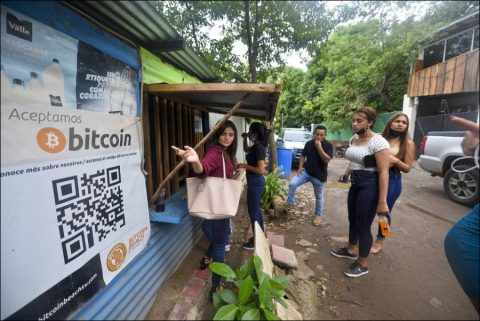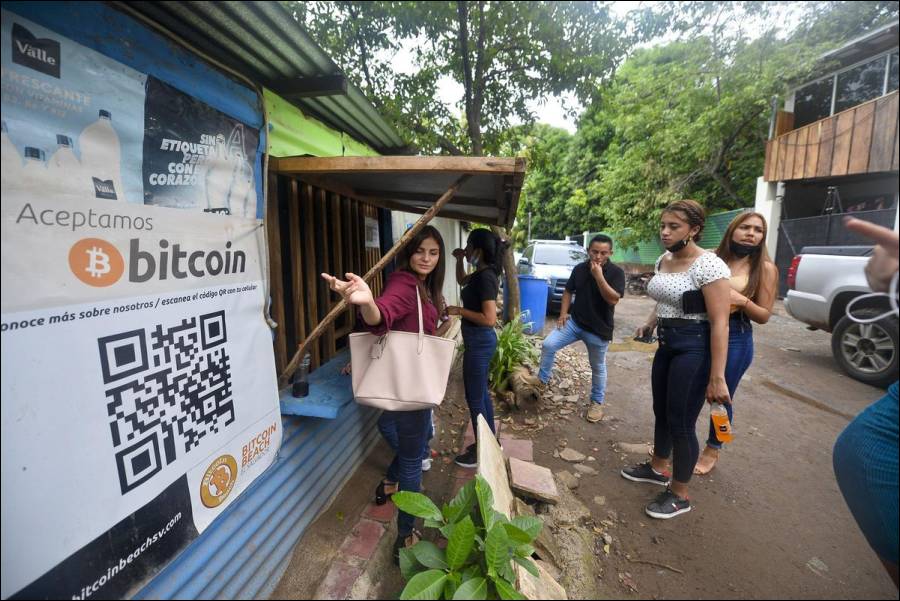Latin American countries have been enacting or even signaling their interest in bitcoin over the last few weeks.
Both El Salvador and Paraguay have signaled their pro-bitcoin intentions. The former has not even so much signaled them as put them into practice. However, this is not the end of the story. Other Latin American countries have similar intentions including Brazil, Panama, Mexico, and Argentina.
El Salvador adopts Bitcoin
El Salvador’s president, Nayib Bukele, during the Bitcoin 2021 conference, did something unexpected. In a pre-recorded video, he announced that he would present a bill to Congress. His goal was to formally adopt Bitcoin as legal tender.
Shortly afterward, he added that he intended to make his country a bitcoiners’ paradise. According to his bill, BTC would not be subject to capital gains tax. Moreover, those investing their coins in El Salvador would be entitled to immediate permanent residency. The plan was quickly implemented. Just a few days later, El Salvador became the first country to officially accept BTC as legal tender.
Other countries in the region decided to follow its example. Among them were some equally poor economies of Brazil, Panama, Mexico, and Argentina. Thus, let us consider why Latin American countries have a completely different stance to that of, for example, the Chinese Government or representatives of Dutch authorities.
Printing the dollar does not help poorer countries
One of the reasons for El Salvador’s pro-bitcoin stance is the United States Federal Reserve. The Fed has been heating up the printers over the past year. According to Forbes:
“The Federal Reserve has dramatically expanded the supply of circulating U.S. dollars, as measured by the M2 money stock, from $15.35 trillion in February 2020 to $20.26 trillion in May 2021. That’s an increase of 32 percent, unprecedented in modern peacetime U.S. history.”
Printing money has helped mitigate the economic impact, unfortunately only in the U.S. Countries like El Salvador have begun to lose purchasing power due to U.S. inflation. The Fed has so far shown no signs of easing its policy. On the contrary, it keeps announcing newer and larger stimulus measures.
Bukele, through formal approval, hopes to stabilize the Salvadoran economy. In his opinion, in such circumstances, it becomes necessary to allow a private digital currency to circulate, independent of central bank control. However, the Salvadoran president’s main motive is to improve the economic well-being and financial inclusion in a country where 70% of the people have no access to banking or borrowing facilities.
Around 20% of El Salvador’s GDP comes from money sent home by migrants. This causes additional difficulties with international transfer fees and inefficiencies in the system. It can sometimes take several days to send such funds.
Latin America has the most cryptocurrency users
Statista released a study back in June 2019 that showed the number of global cryptocurrency users. Interestingly, some of the most “developed” countries, such as the U.S., the United Kingdom, Australia, and France, were at the bottom of the list. It is Latin America with the most cryptocurrency users in the world. The top ten crypto countries included Brazil, Colombia, Argentina, Mexico, and Chile.
Another survey conducted by Morning Consult found that as many as 21% of Latinos know “a lot about bitcoin.” Interestingly, this survey was conducted back in 2014, which is considered early for bitcoin interest and adoption. Considering all this, it begs the question: Why does Latin America have the most users, and why are countries in the region pushing for widespread bitcoin adoption?
Visits: 56




